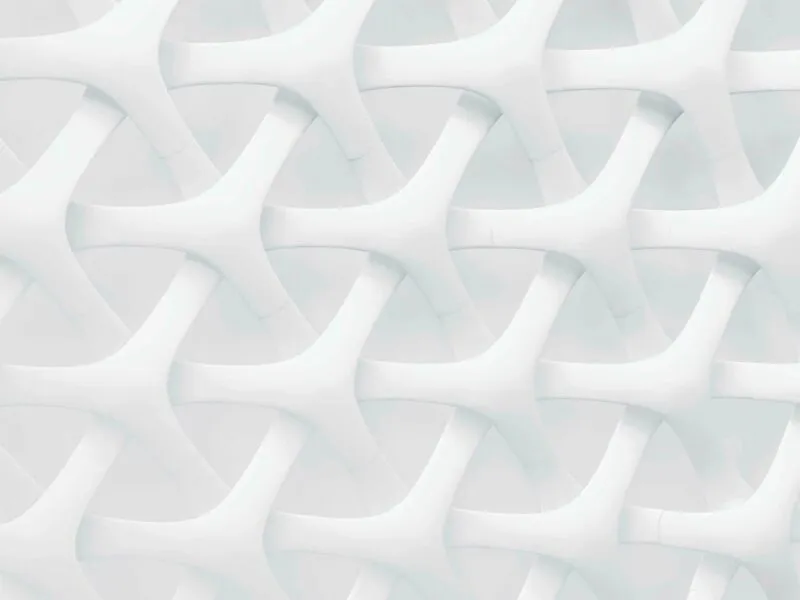Peeling back the layers and exploring the landscape of mRNA patent freedom-to-operate
Conducting a freedom-to-operate analysis often involves peeling back several layers of patents that potentially encompass a product you wish to commercialize. The surge in patent litigation in relation to mRNA vaccines demonstrates how complex a patent landscape for even a single product can be. In this article, we reflect on the landscape in relation to the mRNA component of the vaccine with the lipid nanoparticle component being the subject of a future landscape.
Patent litigation landscape in relation to mRNA vaccines
As with other forms of vaccines, an important component is the antigen. In the case of the SARS-COV-2 mRNA vaccines Spikevax® and Comirnaty®, this is the spike protein (S protein) of the virus. Current vaccines comprise mRNA encoding the S protein of the original Wuhan strain, the BA.1 strain and/or the BA.4/5 strain. Even for what some may consider a single component of the vaccine there are currently several patents in play in litigation. Moderna has sued Pfizer/BioNTech in Europe and US for infringement of patents they assert encompass coronavirus mRNA vaccines1. Similarly, CureVac has sued Pfizer/BioNTech for infringement of patents they assert encompass vaccines comprising the S protein from the Wuhan strain or from one of the variants2.
In the case of SARS-COV-2 vaccines, simply administering the S protein may not be sufficient to generate a protective immune response. The S protein encoded by Spikevax® and Comirnaty® are stabilised in the so-called “prefusion” conformation by introducing two mutations. Such a mutant protein allegedly forms the basis of a patent filed by National Institute of Allergy and Infectious Diseases (NIAID) scientists and their academic collaborators.
After the antigen has been selected, the sequence encoding it can be optimized to select for high level expression in humans to increase the likelihood of eliciting an immune response. Patents that allegedly cover such optimizations have been asserted against Pfizer/BioNTech by CureVac3 and Moderna and Pfizer/BioNTech by Promosome4. Even following such optimization, additional changes may be required to enhance the stability of RNA, which is known to be an inherently unstable molecule that is prone to degradation. Creating chemically modified analogues of the nucleotide uridine is a modification that increases the stability of mRNA and reduces unwanted inflammatory responses. In both Pfizer/BioNTech’s and Moderna’s mRNA vaccine, the mRNA molecule comprises 1-methylpseudouridine in place of native uridine. Moderna has sued Pfizer/BioNTech, alleging that they invented such a modification and Pfizer has infringed their patents to this technology5.
Other known components of a mRNA vaccine that can provide increased stability of expression include 5′ and 3′ UTRs, a 5′ cap structure and a 3′poly(A) tail. Many of these components are also subject to patents. For example, according to CureVac, they own patents encompassing a mRNA comprising two poly(A) tails which is allegedly included in Comirnaty®6.
In addition to the mRNA component itself, there are also patents to the process used to prepare the mRNA prior to its formulation7.
While the various litigations discussed above are yet to be resolved, they serve to highlight the layers of patents that protect even a single product.
Implications for freedom-to-operate analyses and patent strategies
The current litigation landscape in respect of mRNA vaccines, highlights the complexity of a freedom-to-operate analysis. It is not enough to consider only the “core” component of a product. There may be patents covering any additional component, combinations of components or methods of making or using the product or its components. It can be beyond the capacity or budget of many companies to complete a freedom-to-operate analysis at the beginning of a project. However, thought should be given to initially identifying patents of potential relevance to essential components and expanding the analysis as the product develops. In competitive and crowded technology areas, such analyses can also provide insight into white space areas, which in turn can inform strategic R&D decisions.
Additionally, as is shown by the current litigation landscape for mRNA vaccines, there is value in protecting individual components of a product. Individual patents may provide multiple layers of protection for a product or multiple ways in which to capture a competitor.
Further advice
We recommend engaging experienced IP attorneys to assist with freedom-to-operate analysis and developing a patenting strategy. The mRNA vaccine patent litigation landscape is complex area, but our team is here to support you. Contact us today!
Footnotes
1:22-cv-11378
1:22-cv-11202
1:22-cv-11202 and 2:23-cv-00222
3:23-cv-01047 and 3:23-cv-01048
1:22-cv-11378
1:22-cv-11202
1:22-cv-11202


